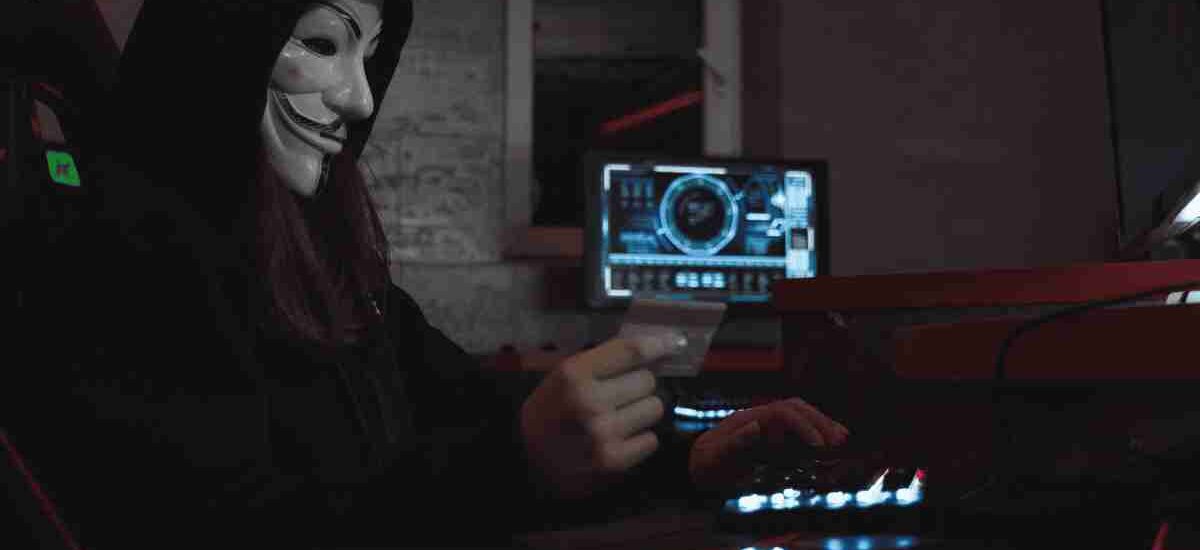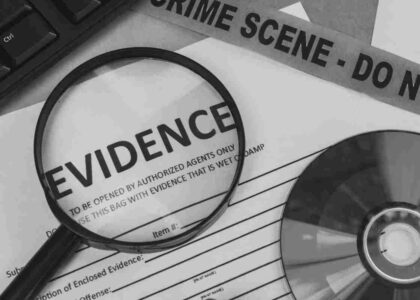In today’s digital-first world, every click leaves a trace, and every crime often has a digital footprint. Enter the Computer Forensics Investigator—a modern-day detective whose battlefield is not the street, but the server. Whether it’s a cyberattack on a multinational corporation, a case of insider fraud, or recovering deleted emails for a legal case, these professionals play a pivotal role in uncovering digital evidence.
But what does a typical day look like for a computer forensics investigator? If you’re considering a career in digital forensics or simply curious about this fascinating field, you’re in the right place. In this blog, we’ll walk you through a detailed, realistic day in the life of a computer forensics expert—based on real industry experience.
What is Computer Forensics?
Before we dive into the daily routine, let’s quickly clarify what computer forensics is.
Computer forensics, also known as digital forensics, involves the collection, preservation, analysis, and presentation of digital evidence. It plays a vital role in both criminal and civil investigations. Forensics experts are called upon to:
- Recover deleted files
- Analyze breaches
- Trace cyberattacks
- Provide expert testimony in court
- Investigate fraud, hacking, data theft, and more
The role is a hybrid of detective work, technical skill, and legal compliance.
Morning: Starting the Day with Prioritization and Case Briefings
8:00 AM – Coffee and Case Review
A typical day starts like any other office job: grabbing a cup of coffee and reviewing emails. But instead of casual catch-ups, a forensics investigator might be looking at incident reports or legal case files.
Tasks:
- Reviewing new assignments
- Prioritizing urgent cases (e.g., active ransomware or live breaches)
- Scheduling lab time for disk imaging or analysis
- Going over legal warrants or subpoenas
SEO Keywords: digital forensics morning routine, daily tasks of computer forensic analysts
9:00 AM – Team Meeting or Briefing
If the investigator works in a corporate environment, they may join a morning briefing with the incident response team or legal department.
Tasks:
- Discussing progress on ongoing cases
- Clarifying roles in multi-disciplinary investigations
- Sharing threat intelligence updates
Real-life Insight: In law enforcement, briefings often involve detectives, prosecutors, and even SWAT teams if a seizure is planned.
Mid-Morning: Evidence Collection & Imaging
10:00 AM – Digital Evidence Acquisition
Once a case is underway, the first major task is to preserve digital evidence.
Key Tools:
- FTK Imager
- EnCase
- Autopsy
- Write blockers (to prevent data tampering)
Scenarios:
- Cloning a suspect’s hard drive
- Acquiring data from smartphones
- Extracting logs from servers or cloud environments
Important Note: Chain of custody is critical. Investigators must document every step to ensure evidence is admissible in court.
SEO Keywords: how digital forensics experts collect evidence, data imaging tools forensics
Noon: Preliminary Analysis & Documentation
12:00 PM – Analyzing Acquired Data
After evidence is collected, it’s time to dig into the data.
Tasks:
- Searching for deleted files or hidden partitions
- Analyzing browser history, chat logs, and emails
- Extracting metadata from documents (like who created them and when)
- Tracing IP addresses or external device connections
Real-life Example: In one case, a forensics expert helped convict a suspect by proving a USB drive containing stolen trade secrets was inserted into a company laptop at 3 AM, just before the employee resigned.
Afternoon: Reporting & Legal Preparation
2:00 PM – Writing Forensic Reports
Now comes the less glamorous but essential part—reporting.
A good forensic report must:
- Be detailed but understandable to non-technical stakeholders
- Include all findings with timestamps
- Highlight anomalies or potential criminal behavior
- Explain the tools and methodology used
3:00 PM – Preparing for Legal Proceedings
In many cases, digital forensics investigators must testify in court or prepare materials for a deposition.
Tasks:
- Reviewing evidence with legal teams
- Creating timelines and summaries
- Preparing visuals (charts, screenshots, data flows)
- Practicing testimony to ensure clarity and confidence
Pro Tip: Digital forensics isn’t just about technical ability—it also demands excellent communication skills, especially when explaining complex findings to lawyers, judges, or juries.
Late Afternoon: Cross-Department Collaboration
4:00 PM – Internal or External Coordination
By late afternoon, the investigator might join calls with other teams such as:
- Cybersecurity (for post-breach analysis)
- HR (if it’s an internal investigation)
- Law enforcement (if charges are being filed)
- Clients (in consulting roles)
Collaboration is key in digital forensics. An isolated analyst is ineffective. Cases often overlap with other areas like network security, legal compliance, and HR protocols.
Evening: Wrap-Up, Updates, and Unfinished Business
5:30 PM – Documenting the Day
Before logging off, the investigator:
- Updates case logs
- Files evidence notes
- Backs up findings securely
- Flags unresolved items for follow-up
Security Reminder: Most forensics labs follow strict data storage protocols to prevent unauthorized access. Evidence is typically stored in secure evidence lockers or encrypted vaults.
Common Challenges Faced by Forensics Investigators
No two days are the same, and neither are the challenges. Here’s what professionals in this field often face:
- Time Sensitivity: In ransomware or insider threat cases, every second counts.
- Encryption Barriers: Encrypted files or devices can delay investigations significantly.
- Legal Boundaries: Collecting data without proper authorization can make evidence inadmissible.
- Emotional Strain: Some cases involve disturbing content (e.g., child exploitation, violence).
Key Skills of a Successful Computer Forensics Investigator
If you’re planning to pursue this career, here are essential skills and traits:
- Technical Mastery: Linux, Windows registry, file systems, networking
- Tool Proficiency: EnCase, FTK, X-Ways, Magnet AXIOM, Autopsy
- Attention to Detail: One missed log file can change the case
- Legal Knowledge: Understand warrants, evidence admissibility, privacy laws
- Analytical Thinking: Ability to reconstruct incidents logically
- Report Writing: Must convey complex data in simple language
Career Paths and Certifications in Digital Forensics
To break into this field, you’ll typically need a background in cybersecurity or computer science. Here are popular paths:
Education:
- BSc in Cybersecurity or Computer Forensics
- MSc in Digital Forensics or Information Security
Certifications:
- GCFA (GIAC Certified Forensic Analyst)
- CHFI (Computer Hacking Forensic Investigator)
- CISSP (Certified Information Systems Security Professional)
- CCE (Certified Computer Examiner)
- CFCE (Certified Forensic Computer Examiner)
Career Titles:
- Digital Forensics Analyst
- Incident Responder
- Cybercrime Investigator
- E-Discovery Consultant
- Malware Analyst
Final Thoughts: It’s Not Just a Job, It’s a Mission
Being a computer forensics investigator is far more than a 9-to-5 job. It’s about being on the frontline of the battle against cybercrime. From investigating corporate espionage to uncovering digital fraud and testifying in court, every day presents a new puzzle—and the satisfaction of bringing criminals to justice through digital evidence.
If you’re someone who loves problem-solving, attention to detail, and making a real impact in the world of cybersecurity, this career might just be your calling.






